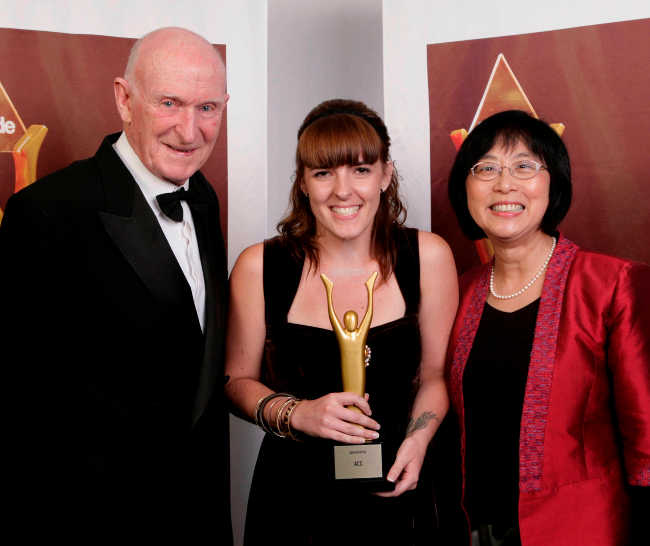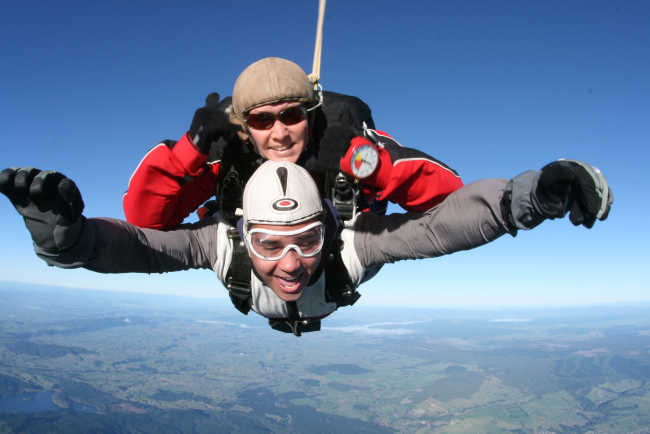Tim Rogers – 23/03/01
Getting started, choosing shoes, planning a schedule and a route, aches and pains. Getting started It’s important to take it steadily when you first decide to take up any sport and running is no different. In fact it is probably even more important not to overdo it in the early days as the risk of injury can be high if you don’t stick to a decent schedule. Choose a schedule and stick to it, treating each run or walk as part of your daily routine.
The right gear Choosing shoes The most important purchase you should make as a runner is a good pair of running shoes. However, with the multitude of brands, designs and special features around, choosing the right pair for you can prove to be a nightmare!
Beginners tend to be more at risk to injuries and muscle and joint aches than experienced runners. Therefore it’s important that their running shoes give them excellent protection. When buying your shoes, our tip is to go to a store that specialises in sports shoes, or even better, visit a specialist running shoe store. Seek advice from the salespeople. They may want to know how long you’ve been running, what distance you cover per week, on what surfaces you train and if you have any special needs. The answers to these questions will help them in recommending the shoe that’s right for you.
Take your time when buying your shoes, try out lots of different brands, styles and models of shoes until you find the shoe that’s right for you.
What clothing to wear In terms of what to wear when running – it’s a case of anything goes (well almost!). The important thing is that you feel comfortable. Most runners run in loose fitting shorts made from synthetic fabrics or cycling shorts and cotton T-shirts. For colder weather nylon tights enable you to run without restriction and socks made from synthetic fabrics provide warmth but draw moisture away from the skin.
Technique There are no hard and fast rules as to how to run, as everyone will have their own natural style, (some more unique than others!). However, here are a few pointers, which can help improve your performance.
- Look straight ahead.
- Focus on a point a few metres in front and try to run in a straight line.
- Keep your body upright with your back straight.
- Try not to ‘lean’ even when running up hill.
- Let your arms swing naturally and in rhythm with your legs and loosely cup your hands.
Planning your route Most beginners start off by running around the block or down roads by their home, but ideal places are parks, running tracks or grass.
If you run on busy roads, make sure you run facing the traffic so you can see cars coming at you. Footpaths are safer. However, beginners may suffer from common aches and pains such as shinsplints as a result of hitting off hard concrete.
As your ability to run further increases, you can try more challenging areas such as hills or cross-country. Hills build muscles and cardiovascular strength while heading up and down dale can actually reduce injuries with the soft smooth surfaces.
Aches and pains Even if you’re relatively fit, you will probably experience aching muscles when you begin to run. People usually get sore muscles because they are not used to exercising or they’ve over exercised or they’re used to a different type of exercise.
New runners usually get blisters because their feet are not ‘toughened’ or because their running shoes are new and therefore haven’t been broken in.
Tips for taking care of blisters
- Ensure feet are dry so they don’t move around the shoe.
- Wear insoles in shoes for a smoother fit and use acrylic or polyester socks rather than cotton or wool
- Take time and care when choosing shoes. Shoes which are too tight may cramp your feet, and shoes which are too loose may cause your feet to slide.
For more information on getting started in running check out the Starting Out section of www.realrunner.com at http://www.realrunner.com/newzealand/startingoutpage.htm
Click here to read another article by Tim Rogers titled, The Running Event Scene In New Zealand.



